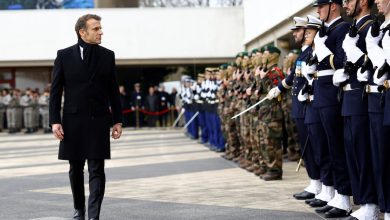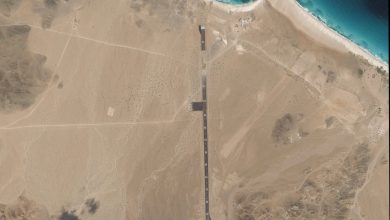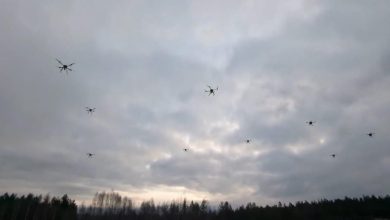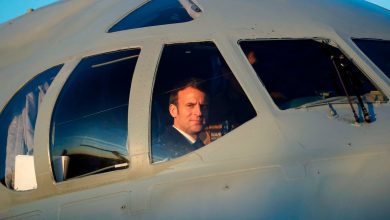Russian forces test flying flamethrower to target Ukrainian firedrones
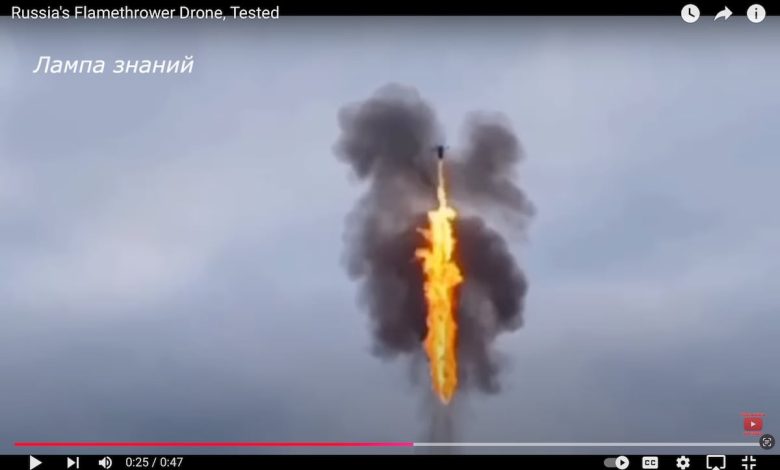
MILAN — Russian troops claim to have developed a flamethrower drone designed to counter Ukrainian first-person-view drones carrying an incendiary burning mixture, a tactic experts say will likely be ineffective against moving targets.
On Nov. 14, footage was published by Russian Telegram channels showing what appeared to be an unmanned aerial vehicle equipped with a flammable mixture which, once in the air, spluttered strong flames.
“It seems to be a commercial quadcopter-type drone carrying a small tank filled with a flammable substance, probably weighing around one or two pounds, which it can spray downward, creating a flamethrower effect with an effective range of two to three meters,” Federico Borsari, resident fellow at the U.S. Center for European Policy Analysis said of the video.
Experts said that the platform seems to have been specifically developed to target adversary drones. Samuel Bendett, advisor on Russian military technology at the Center for Naval Analyses, noted that in the video, an unidentified voice can be heard saying, “we essentially joined another UAV.”
This Russian countermeasure is likely a response to the Ukrainian military use of FPV drones to spray thermite over forested areas where enemy troops and equipment are suspected.
However, some analysts are skeptical about the effectiveness of the flamethrowers, as accurately steering the flame stream towards decently fast-moving Ukrainian drones dropping thermite would be tricky.
“If this type of [Russian] drone is to do that to another UAV, you have to get in position and be very precise – this may work against some that hover in place for observation, otherwise if the drone is moving, it will be very difficult to shoot this type of liquid at a moving target,” Bendett said.
Borsari noed that the limited amount of flammable solution the Russian drone can carry is another important limitation, which he estimates to be sufficient “barely” for a single sortie before needing to be refilled.
“As the drone exhausts the flammable liquid and the pressure of the spraying mechanism diminishes, the returning heat may damage the drone itself and make it crash if the operator keeps it hovering,” Borsari added.
In early September, when the first footage of Ukrainian fire-dropping FPVs emerged, analysts told Defense News that such systems, besides being a cheap alternative to expose enemy locations, are also psychological tools.
Elisabeth Gosselin-Malo is a Europe correspondent for Defense News. She covers a wide range of topics related to military procurement and international security, and specializes in reporting on the aviation sector. She is based in Milan, Italy.
Read the full article here

